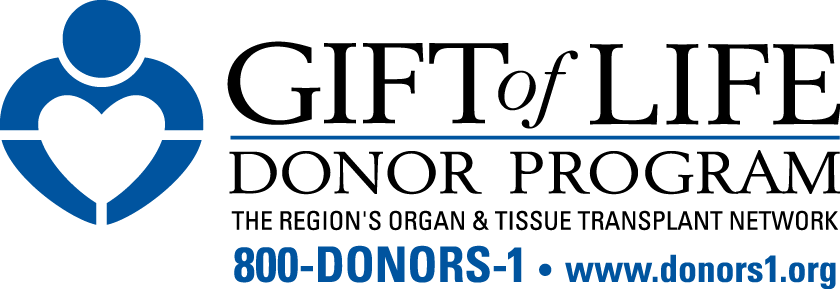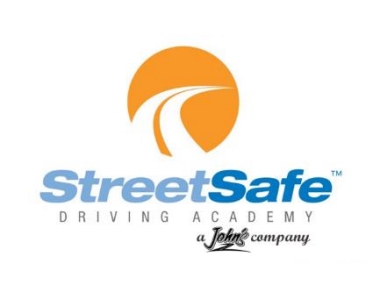Prepare For Your Pennsylvania Driver’s License Test
Welcome to John’s Auto Tags – Your Certified Test Center
Download our PA Driver’s Preparation Guide PDF
John’s Auto Tags is a PennDOT Certified Third-Party Driver’s License Test Center. We are committed to making your license exam process as convenient and professional as possible.
Having The Right Mindset: Relax and Trust Your Skills
When you are coming in for your exam, remember to relax! Having a good attitude and positive outlook about the test and the examiner will help you succeed. The test examiners are genuine people who are doing their jobs by ensuring safe drivers are on the road.
If, for any reason, you fail the exam, it’s not the end of the world. You can take it again! Most students who fail are simply nervous or overly excited. If you are a safe driver and have executed the correct driving skills, you will pass.
Essential Requirements: What to Bring To Your Driver’s Test
You will need to present all required documentation before the test can begin. Please ensure you have the following:
Required Personal Documents
- Your VALID PA Learner’s Permit.
- The DL-180C – 65 Hour Certificate:
- The DL-180C is required if your parent or legal guardian will not be with you at the time of the exam.
- This form must be signed by a parent/guardian and then be notarized.
- Note: This form is available on our website under the “resources” page.
Vehicle & Accompanying Driver Requirements
If you are using your own vehicle for the test, you must have the following documents ready, and the vehicle must be in working order:
- The valid registration card for the vehicle you will be driving during the test.
- The valid insurance card for the vehicle you will be driving during the test.
Accompanying Driver Requirements:
- The person with you must be a licensed driver over the age of 21 with a VALID Driver’s License.
CRITICAL SAFETY WARNING: You cannot move the automobile without a licensed driver in it. If you do, you will fail the test immediately.
PA Driver’s Test Skills: Step-by-Step Breakdown
The PA driver’s test is divided into three main phases designed to assess your ability to operate a vehicle safely and correctly.
Phase 1: Vehicle Controls Check
The first thing you will be asked to do is demonstrate your knowledge of the vehicle’s controls.
Vehicle Controls You Will Be Tested On:
- Headlights and High Beams
- Turn Signals
- Four-Way Flashers (Hazard Lights)
- Windshield Wipers and Fluid
- Horn
- Locate and apply the Emergency Brake
- Front and Rear Defrosters
Failure Conditions:
- If any of these controls are inoperable, you will not be permitted to use that vehicle for the test.
- Failure to correctly operate any of the controls will result in a point deduction.
Phase 2: Parallel Parking Test
Next, you will be asked to Parallel Park. This maneuver must be completed successfully before you can proceed to the road test.
Learn how to parallel park with our PA Parallel Parking Guide
- Space: The space is 8 feet by 24 feet, marked with posts, cones, or barrels.
- Attempt/Adjustments: You are allowed 1 official attempt with up to 3 forward or reverse maneuvers (adjustments) to position the vehicle completely inside the space.
- Pro Tip (1-2-1 Method): This is a popular technique for turning the steering wheel: 1. full turn right to enter the space, 2. full turns left to straighten out, and 1. full turn right to center the wheel for final positioning.
- Driving Requirements: You must use your turn signals when entering and exiting the parking area, in addition to looking for traffic.
Immediate Failure Conditions (The exam will end unsuccessfully):
- If any part of the vehicle (including the tires) is on the line.
- Tapping any of the markers (posts, cones, or barrels).
- If the vehicle is parked more than 12 inches from the curb (or the edge of the space).
Phase 3: On-Road Driving
Upon successful completion of the parallel parking maneuver, you will be directed onto the road.
- The test only takes approximately 15 minutes.
- The test is conducted on main roads and will focus on your basic driving skills.
- Examiner’s Role: The examiner can only give you directions (e.g., “Turn left at the next intersection”); they cannot tell you specifically what driving actions to take.
Key Driving Tips for Success
Keep these essential tips in mind throughout your test:
Stopping & Observation
- Full Three-Second Stops: Make sure your odometer reads “0” for a full three-second stop at all stop signs.
- Stop Position: Stop with the stop sign in front of the automobile, NOT over the limit line (or wherever directed).
- Observation: Look left, right, left, and glance right again before pulling out. Make sure to physically move your head so that it is visible that you are looking both ways.
Vehicle Control & Steering
- Hand Placement: Steering wheel hand placement should be at 10 and 2 or 9 and 3.
- Two Hands: Make sure both hands are on the steering wheel; NO one-handed steering.
- Technique: Use the hand-over-hand technique or the shuffle technique.
Traffic & Maneuvers
- Use turn signals at all times.
- Do not cut turns short or wide.
- Do not cross over to the other lane for any reason.
- Avoid hitting any curbs.
- Remember to buckle your seatbelt before moving the vehicle






